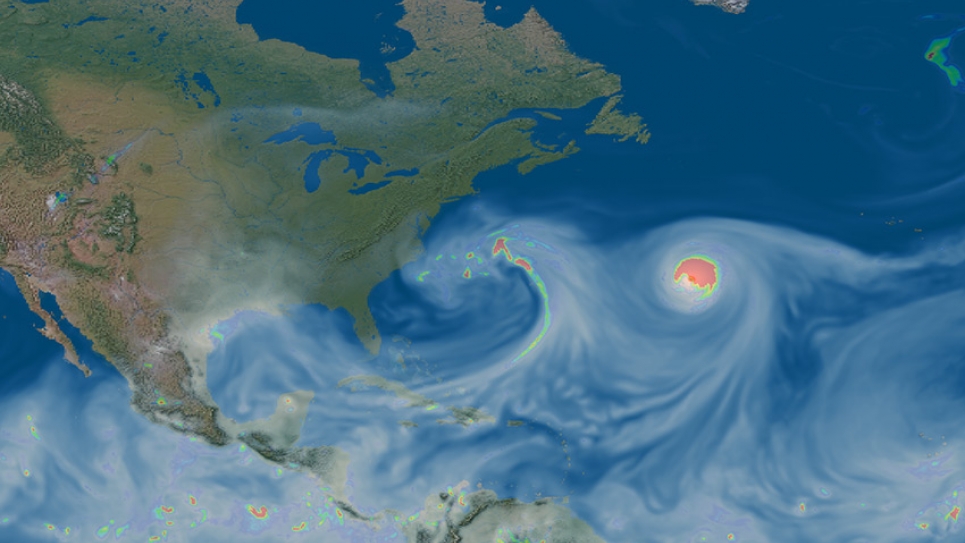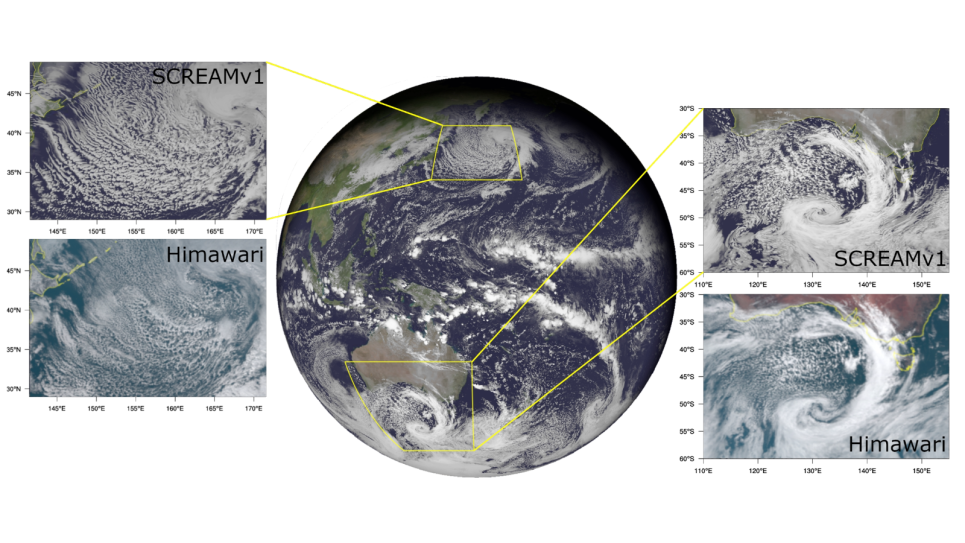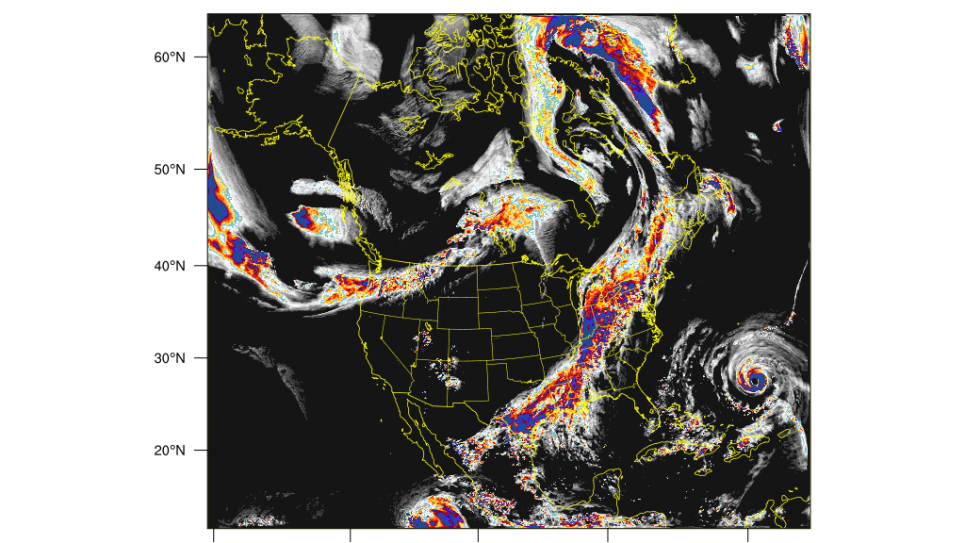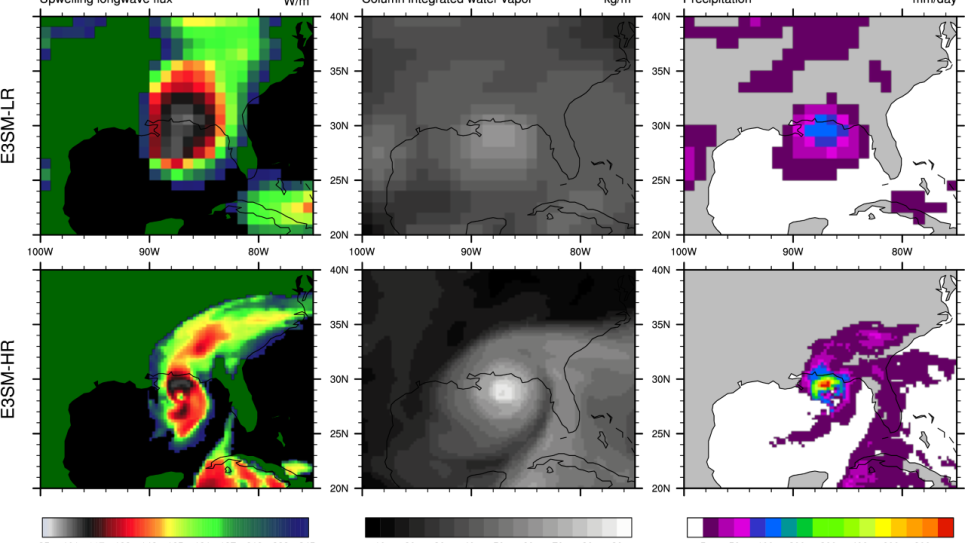
High-Resolution Simulation for Climate Means, Variability, and Extreme
Although there is strong observational evidence for a global increase in climate extremes over the last century, it is much more difficult to characterize regional scale trends in extreme events. Climate science predicts that the frequency of extreme events is likely to increase as greenhouse gas concentrations increase, but the picture can be confusing. Climate models currently used in climate change studies only partially resolve many of the meteorological aspects important to the formation and representation of these climate features.
The project proposes to quantify the benefits of employing very-high-resolution global models with enhanced tracer transport to investigate these issues using the latest versions of the Community Earth System Model. In contrast to other investigations conducted over limited spatial domains or time periods, the project’s scientific objectives require simulations spanning local to global scales of sufficient duration to quantify the interactions among fast and slow processes in the climate systems. An integral component of this project will be the deployment of new modeling configurations at high resolution to improve the simulation of regional scale hydrometeorological phenomena.


